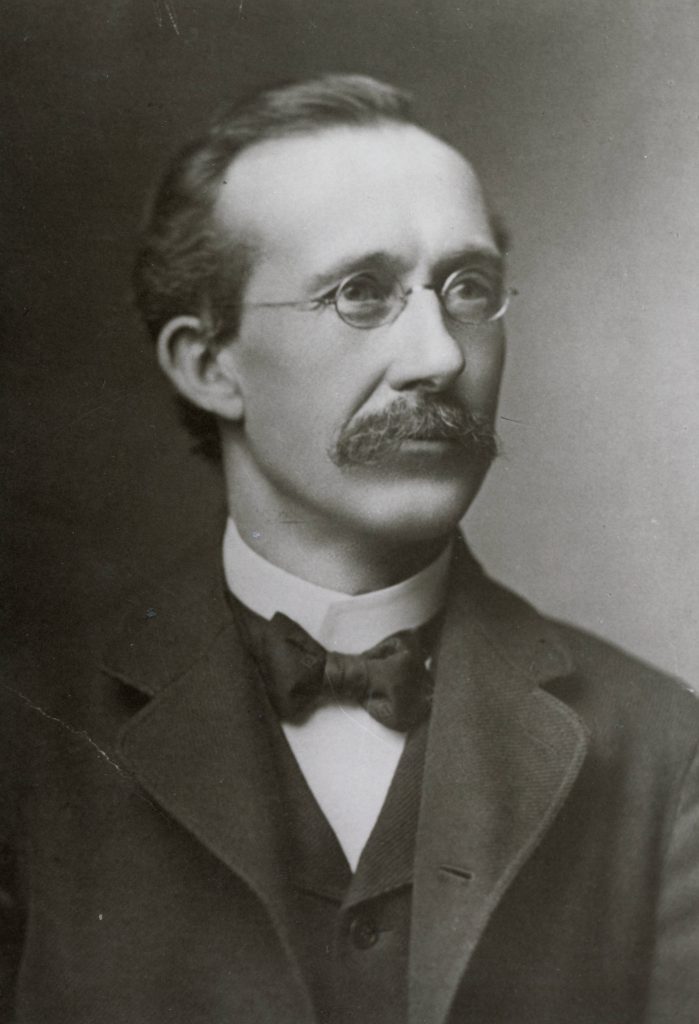Finding the Need and Endeavoring to Meet it: Sinclair Community College’s Equity Rubric
Published by: WCET | 10/26/2023
Tags: Distance Education, Diversity/Equity/Inclusion, Managing Digital Learning, WOW Award
Published by: WCET | 10/26/2023
Tags: Distance Education, Diversity/Equity/Inclusion, Managing Digital Learning, WOW Award

Today we welcome several staff from the eLearning Department at Sinclair Community College, who are here to share about a new tool they use for designing and evaluating digital courses.
Sinclair Community College prioritizes transformative teaching and learning reflecting the Dayton region’s goal of holistic diversity. The college’s mission reflects the historic words of its founder, David A. Sinclair, himself a Scottish immigrant: “Find the need and endeavor to meet it.” With the institutional mission and priorities in mind, the college’s eLearning Division set the goal to close the equity gap for marginalized groups of people by expanding digital equity and inclusion for all learners.
Enjoy the read and enjoy your day,
Lindsey Downs, WCET
The work began through a partnership between the eLearning Division, the Provost Office, and the Diversity Office. This collaboration identified challenges to students attending class online, that is any eLearning course which includes asynchronous and synchronous online, blended/hybrid, and competency-based courses. We found that there were several barriers for students, such as access to technology, and we saw a clear digital divide. The eLearning Division formed the Digital Equity Committee, a group of faculty and staff, with the intention to examine eLearning course design processes to close the identified equity gaps
Intentional inclusive course design strategies that reflect and celebrate student diversity and foster a sense of belonging have been found to have a positive impact on student achievement. Heeding this principle and realizing solutions to stated barriers exist, the Digital Equity Committee created the Equity Rubric inspired by Peralta Community College to create a systemized process of digital equity and inclusion into the course design practice.

Institutional leadership embraced the efforts to increase digital equity and inclusion. Eventually, these goals and values were welcomed across the campus, fostering a system of cross-departmental collaboration. Having identified the necessary changes to eLearning courses to increase equity and inclusion, gathering an engaged team of supportive faculty and staff became far less challenging. The Digital Equity Committee recruited student input and feedback through institutional end-of-course surveys and participatory focus groups to help guide the creation of the rubric. Sinclair’s Chief Diversity Officer provided vital oversight and counsel to the development of the Equity Rubric. Finally, the sanctioning of the rubric led to its implementation into the course design process of the eLearning Division’s Instructional Design team.
The rubric serves the Sinclair population at many levels by helping faculty and course designers build course material that welcomes learners to an inclusive and friendly environment. Sinclair staff, faculty, and students have come to hold the rubric in high regard for its value added to our courses. The Instructional Design team regularly references the evaluation tool when assisting faculty with course design and revision to support thoughtful and inclusive material. Since the implementation of the Equity Rubric into the course design process, 212 eLearning courses have been evaluated and designed using the Equity Rubric recommendations.
As an evaluative tool, the rubric is now leveraged by faculty and instructional designers as part of normal design or revision processes to evaluate course content, assessments, materials, and other items aimed to ensure they support the goals of digital equity and inclusion. The rubric contains three targeted criteria:
Each criterion contains qualifications based on four levels – Exemplary, Aligned, Minimally Complete, and Incomplete.
After the implementation of the Equity Rubric, the eLearning Division saw an opportunity to further increase the diversity, equity, and inclusion focus in eLearning coursework. In order to expand this focus, the division applied for and was awarded the ECMC Grant. With the funds from the grant, the eLearning Division hired an Equity Success Coach and an Equity Instructional Designer, who were tasked to carry out the work of the Equity Rubric and expand it throughout the college.
The ECMC Team implemented diversity, equity, and inclusion (DEI) touchpoints into multiple systems across campus. To help faculty relate to the Equity Rubric, the ECMC Team integrated DEI modules into existing required faculty training, which must be completed before teaching eLearning courses. The new modules are open to all faculty and discuss the significance of focusing on DEI in the classroom and how faculty can achieve that through assignments, setting a tone of acceptance and inclusion in welcoming statements, how to include an array of diverse voices and perspectives in course materials, and more.

The Equity Rubric continues to impact our campus through the eLearning’s Coach Collaboration project, where eLearning Coaches partner with faculty for one or two terms as an in-course resource. The partnership between faculty and coach aims to improve student and eLearning course outcomes by using research-based best practices and holistic support of students. Faculty benefit from course delivery suggestions that include best practices for assignment feedback, employment of student surveys, monitoring student grades and engagement, support in developing a communication plan, and providing DEI-designed student support tools and resources. Our faculty and students say the courses have been positively impacted through this partnership program. This, and the other projects discussed above, will continue to support the mission of closing equity gaps in eLearning courses.
The classroom is perhaps the most important frontier by which equity strategies and efforts are tested, and the steady growth in eLearning courses before and after the COVID-19 pandemic provided the exploratory space needed for the work. As online learning expands, grows, and transforms the eLearning Division at Sinclair Community College will continue to prioritize diversity, equity, and inclusion.
Project Coordinator, eLearning Division Sinclair Community College
Compliance Coordinator, eLearning, Sinclair Community College
Equity Success Coach, eLearning Division, Sinclair Community College